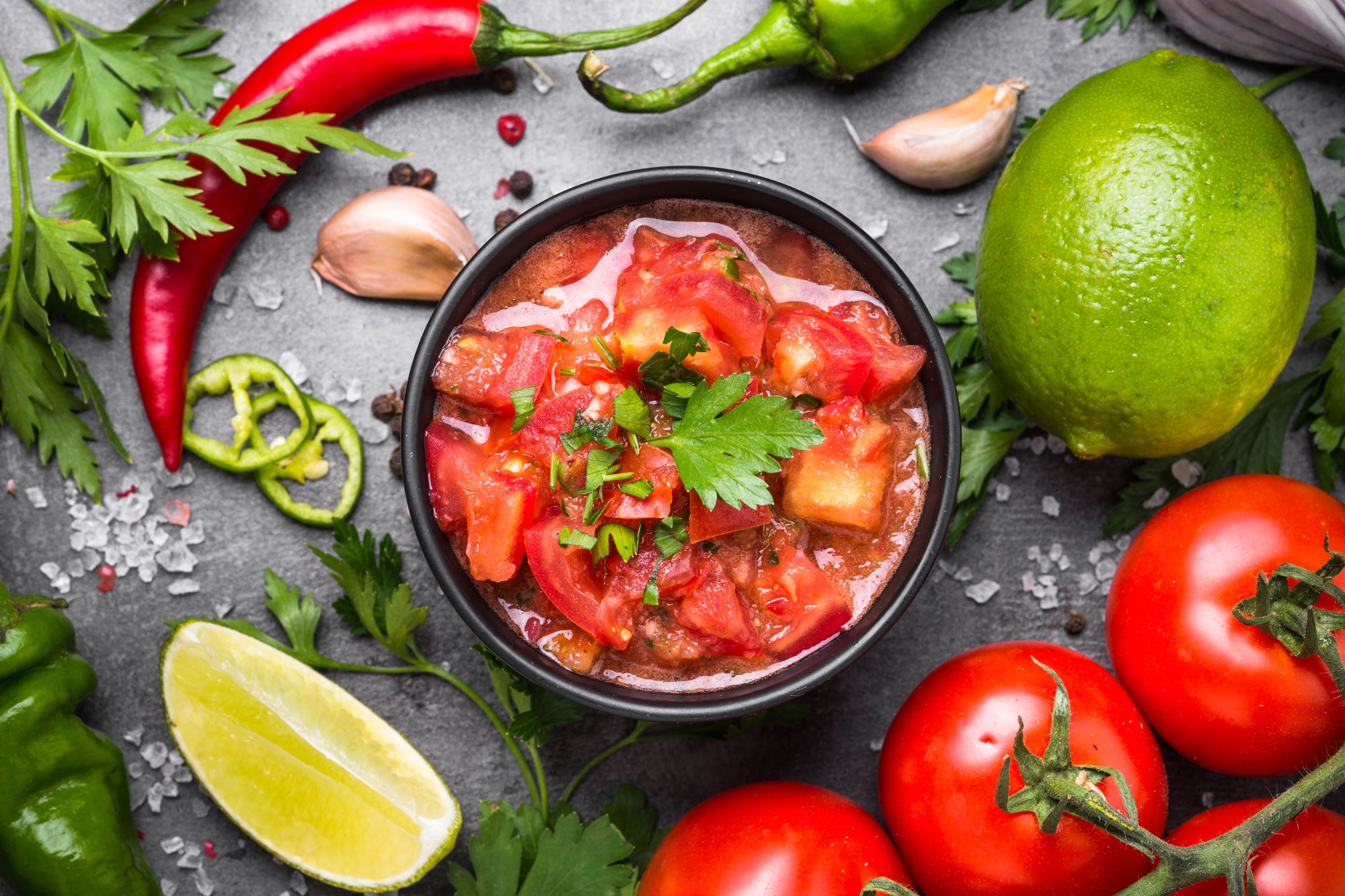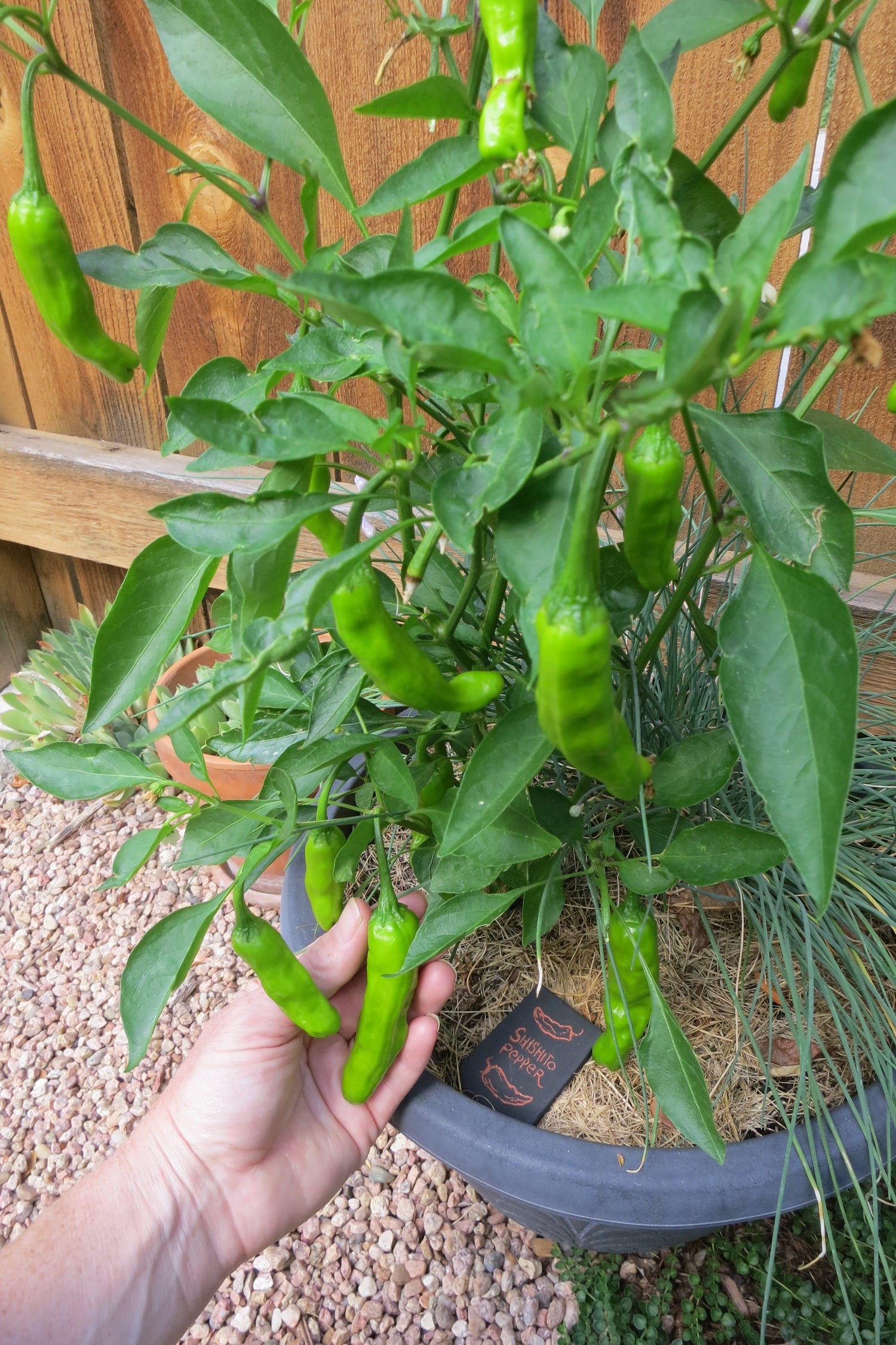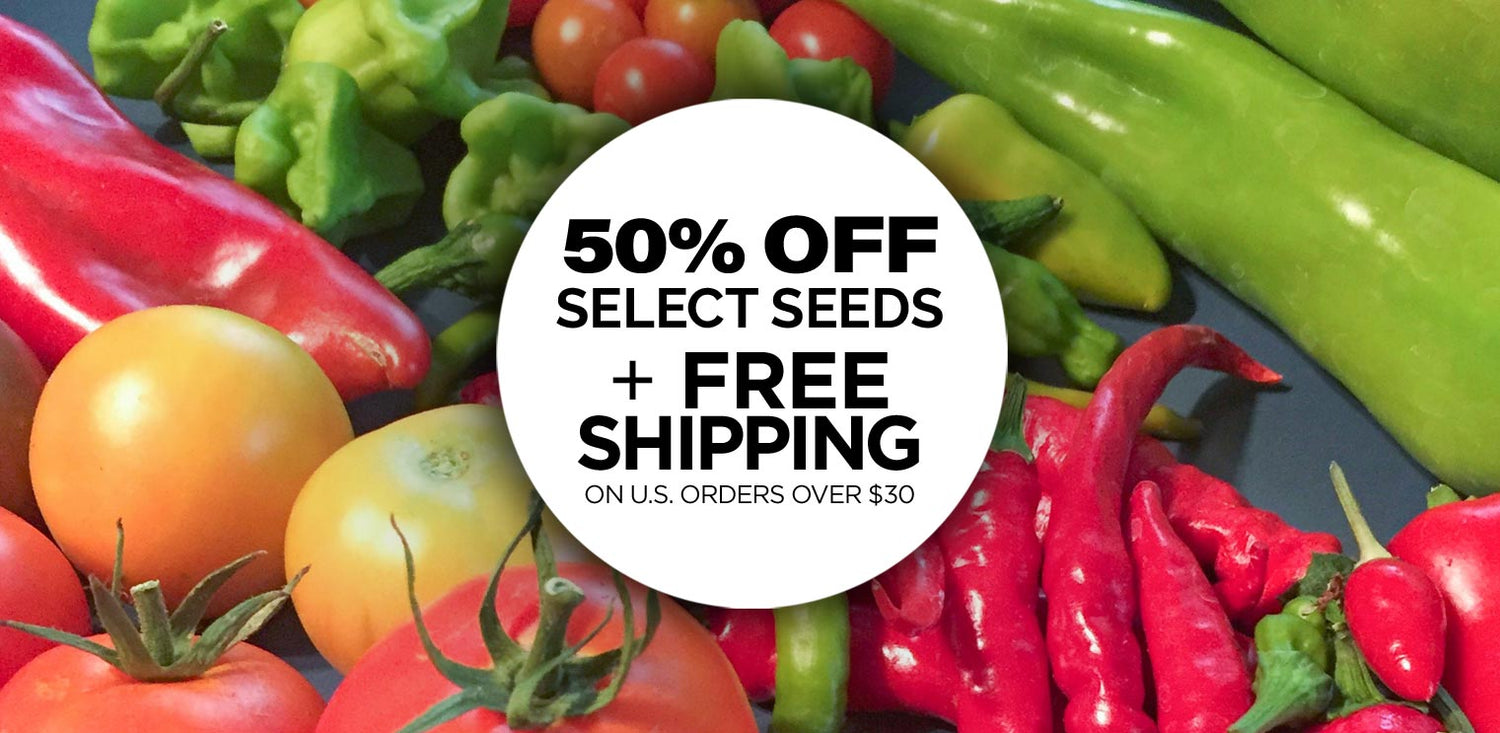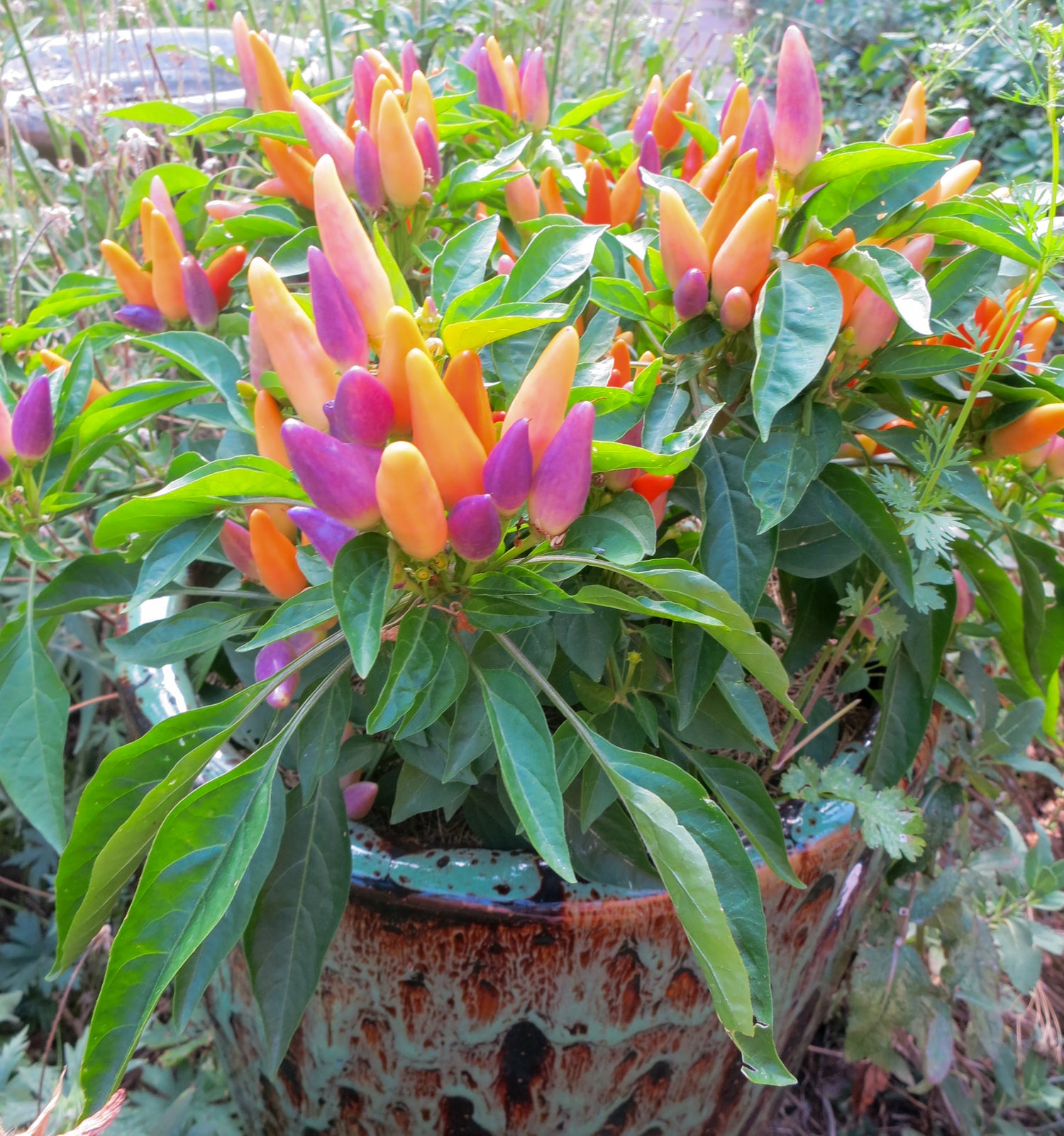Have you ever wondered what it takes to create new chile peppers with unique colors, shapes, and tastes? Do you want to save your own chile pepper seed from the garden to keep a line of plants all your own? The process is relatively simple but requires commitment.
- Choosing your chile pepper
Deciding on plants to save for seed is a blend of observation, knowledge, and personal preference. We all can see what chile pepper cultivars grow best in our farms and gardens, but there are many traits to take into account. Are the plants setting a hefty load of fruit? Do they have less disease symptoms or pests than others? Does the fruit taste right? If you are growing a New Mexico chile pepper, the goals can be type-specific. For a red chile pepper, look for the plant that holds healthy red fruit that dry efficiently, and early ripening for a prolific harvest. For green chile pepper, focus on the size, shape, texture, heat level, and especially the taste.
- Saving your own seed
The basics of pepper seeds saving starts with understanding the center of plant reproduction, the flower. Chile peppers develop a “complete” flower, meaning it has both male and female parts. The male “stamens” produce pollen grains. The female “pistil” lies in the center of the flower (Figure 1). The pollen must fertilize the ovules within the pistil for successful seed development.


Pollen grains travel from one flower to the next by wind or insects. The chile pepper flower will pollinate itself if left alone. This is known as selfing, and it is the best way to save seeds from your favorite types of chile pepper. If you are growing outside, or in a “high activity” area, you can use cloth mesh blossom bags to isolate one or many flowers from outside pollination. You can buy these or sew them yourself.
To obtain “selfed” seed, locate an unopened flower bud. They will look like popcorn kernels or little air balloons (Figure 2A). Loosely cover this branch or bunch of flowers with the bag and tie it tight enough to the base to keep the insects out, but not so tight that it chokes the branch. After the flowers open, they will self-pollinate and begin growing fruits (1-2 weeks), then you can remove the bag. Don’t forget to mark these fruits with tape or string, or you may forget which ones were covered!
- Making hybridizations or crosses
If you are ready for a new challenge, you can attempt to make a hybridization, which is pollination between two different parents. They can be different as a New Mexico green chile pepper and a Jalapeno, as long as they are the same species. The offspring from the crosses can be great or not so great. The only way to find that diamond in the rough is to explore.
First, you must choose the mother plant and isolate a pistil. Find an unopened flower bud as shown in Figure 2A. Using some tweezers, carefully pull off the petals and the immature stamens within. You should be left with just the center pistil (female) exposed (Figure 2B).
Then on the father plant, pluck an open flower full of pollen. Gently rub the pollen-filled stamens all over the tip of the pistil you have isolated on the mother plant. Cover it with a blossom bag to prevent further pollination. Once the fruit begins forming, take the bag off. Don’t get discouraged if it doesn’t work. It can help to perform this in the early morning hour and try it on many flowers to ensure success. Make sure to mark which plant is the mother or father to help with ‘parent of origin” issues.
After the cross is complete and to get seed from the developed fruit, plant as many of those seeds as you can the following year. Each plant will have unique characteristics. Pick the best plants to self, year after year to end up with your own chile pepper cultivar. You can never get too carried away with this work, it is only limited by your creativity, dedication, and most importantly, how much space you have!
Note: The fruits produced from your hybridization will look like mother plant fruits. It is the seeds inside those fruits that will have different DNA and will grow your hybridized fruit next season.
By Brad Tonnessen



















